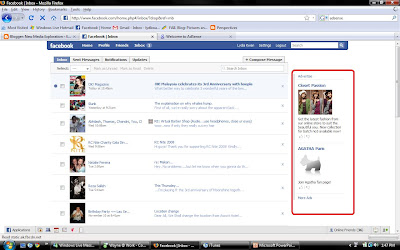Creating this weblog has certainly taught me a few lessons in publication for the new media. Transferring information from print to online (e.g. journals in hard copy) for one taught me about how multimodality works as explained by Walsh, M (2006).
Apart from that, this weblog gave me insight to what I do when I have free time – blogging. How did this come about? How many bloggers are there? Gathering information to educate my readers has also taught me that the new media is always changing, and we ought to look forward to the newest form it will come to be. From the television to vlogs on YouTube, who knows what else shall soon follow?
Indeed there are issues to be addressed when it comes to this. Copyright infringement for one, ethical concerns another, and even stripped down to the basics of creating a site pleasant and easy on the eyes.
Reference
Walsh M., 2006, The ‘textual shift’: Examining the reading process with print, visual and multimodal texts, Australian Journal of Language and Literacy, vol. 29, no. 1, pp. 24-37.
Apart from that, this weblog gave me insight to what I do when I have free time – blogging. How did this come about? How many bloggers are there? Gathering information to educate my readers has also taught me that the new media is always changing, and we ought to look forward to the newest form it will come to be. From the television to vlogs on YouTube, who knows what else shall soon follow?
Indeed there are issues to be addressed when it comes to this. Copyright infringement for one, ethical concerns another, and even stripped down to the basics of creating a site pleasant and easy on the eyes.
Reference
Walsh M., 2006, The ‘textual shift’: Examining the reading process with print, visual and multimodal texts, Australian Journal of Language and Literacy, vol. 29, no. 1, pp. 24-37.













